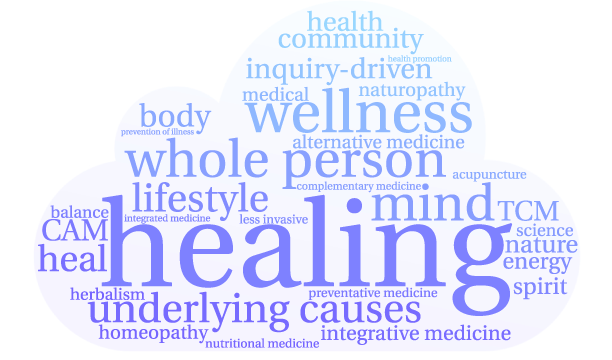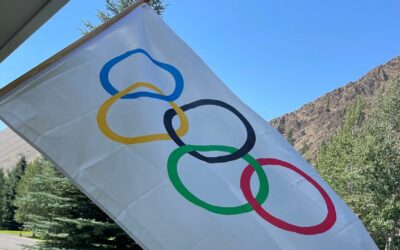Please enjoy the beginning of Chapter 1 from my book, Winning the Injury Game, available on Amazon. Download the entire chapter.
Your body is wonderfully resilient. It wants to serve you and make possible all the sports and activities you love. However, I know this is hard to hear right now. Actually, it might seem like your world has ended and a part of you died with your injury. But trust me: you can regain all you had and more. Your pain is only temporary. And, you will get better. Unfortunately, I don’t know how long it will take, but if you can be open to different possibilities and are willing to put in the effort required, you will recover. You can do this! How do I know? Because I’ve done it. Let me show you how.
My Story
Here’s an illustration of this. All I wanted was to keep up with my husband while mountain biking. And actually, many women have the same ambition. So, of course, it seemed a reasonable goal. However, I neglected to consider that my husband, Ken, was a former professional mountain biker. He was extremely gifted in floating over technical terrain and bombing the downhills. Because of his skill, when he was on casual group rides, he regularly left everyone in his dust.
In my continued attempts to chase Ken down, my fitness greatly improved, leading me to become a professional mountain bike racer myself. In order to further my goals, I joined a professional women’s team and traveled the country and the world on my bike. Then, in 2004, I had the privilege of wearing the red, white and blue stars and stripes for Team USA at the Marathon Mountain Bike World Championships in Austria. Thus, I was at the peak of my athletic career. Or was I?
Obviously, I could ride my bike fast and with skill. But is that the definition of wellness? If you looked beyond my pedaling prowess, the signs of my fading health were evident. My issues had caused may problems. Some include two left knee surgeries, a torn quadriceps muscle, recurring stomach upset, chronic sinus infections, repeating ankle pain, debilitating menstrual cramps, aching in my right shoulder and frequent bouts of severe neck tightness. As a result, I felt fatigued. Then, I soon lost my motivation for cycling, training and living.
Fitness and Athletics ≠ Health and Wellness.
So, let me explain further. At this time, I suffered repeated injuries and pain because I didn’t have “athletic durability.” According to the Postural Restoration Institute© (PRI), “Durability is a word meaning the ability to withstand wear, pressure, or damage. It is associated with an athlete’s ability to have a relatively long continuous useful life without requiring an inordinate degree of maintenance.”1 Because of my experiences, this is my goal for you. In order to avoid what I went through, I want you to defeat your current injury and pain and, instead, to increase your athletic durability during the process. If you can do this, you can enjoy sports long-term. Also, you’ll avoid repeated breakdowns that require lots of maintenance.
So that you can perform at your highest level and achieve athletic durability, a balance between the three domains of performance—Biological, Fitness and Athletic—is required. Where these three domains intersect, you will reach optimal performance. To illustrate, look at Figure 1-1.

Figure 1-1. The star in the intersect represents optimal performance.
Image used with permission from the Postural Restoration Institute® © 2016. PRI Integration for Fitness and Movement Course Manual, www.posturalrestoration.com.
Now, let’s look at each one.
First, the Biological domain refers to how well all of your body systems integrate together. So, this is the domain of your injury and pain.
Second, the Fitness domain refers to being in good physical shape. This domain, then, is a measure of your cardiovascular endurance, strength, power, and flexibility.
And third, the Athletic domain refers to the specific movements and skills that your sport requires. In other words, in the Athletic domain, you push your body beyond its normal boundaries through purposeful training to prepare for competition. Accordingly, a durable athlete can push the limits of his athletics while still respecting his biological performance.
As an example, when I started having pain, I disregarded my biology in pursuit of greater athletic achievement. Even though I could perform in the fitness and athletic performance domains, I fell apart in the biological domain. As a result, I didn’t have “athletic durability.” This is why I only had one full season at top form as a professional mountain biker.
In other words, in order to recover, I needed a change.
Now, if you’re interested, keep reading . . . Download the entire chapter.
- Postural Restoration Institute (PRI)®, (2015). PRI Integration for Fitness and Movement Manual: Restoring Tri-Planar Performance Through Respiration and Alternating Reciprocal Activity. Lincoln, NE: Postural Restoration Institute (PRI)®.



